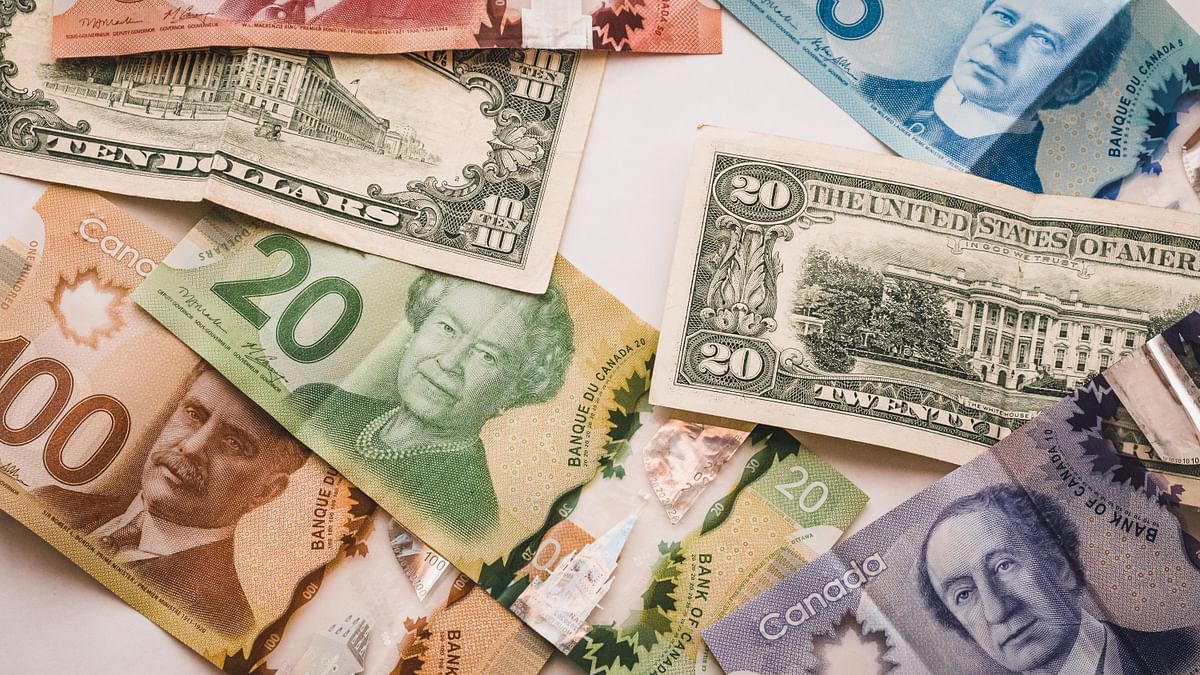[ad_1]
“If one considers natural hedges, the unhedged exposures are not significant,” Abhishek Goenka, chief executive officer at IFA Global, a treasury advisory firm, told BQ Prime.
Natural hedges arise when a company maintains an equal amount of receivables and payables in foreign currency, thereby eliminating the need for financial derivatives to guard against swings in currency and interest rate levels.
For those without the benefit of a natural hedge, though, the cost of guarding against interest rate risk has ticked up significantly.
The five-year U.S. swap rates have moved higher from 1.6% in March to 4.05% in September, Goenka said.
“Moreover, it does not appear at this stage as though the rates have peaked as the (U.S.) Fed continues to remain hawkish,” he said.
Even though hedging interest rates has become dearer, foreign exchange hedging is cheaper as currency forwards have come down due to “narrowing of rate differentials between U.S. and India”, Goenka said.
Since corporates typically take on floating rate debt from foreign financiers, this exposes them to the dual risk of both currency and interest rate risk.
“More than 80% of corporates would have gone for floating rate loans,” said Ritesh Bhansali, vice president at Mecklai Financial Services.
Companies typically receive floating rate loans since banks find it difficult to do fixed rate lending for longer tenures, he said.
Although floating rate loans don’t present much of a headache during low interest rate environment with limited volatility, a rapid uptick in rates and volatility can soon make them a sore point.
“Those with open SOFR are now hedging even at 4% levels using interest rate swaps,” QuantArt’s Lodha said.
Interest rate swaps are contractual agreements under which counterparts swap one set of future interest payments with another based on a set principal amount.
Such swaps are only one among many tools that can be used by borrowers to hedge risk, but the broader trend appears to indicate that there might be more pain in store for those with floating interest rates on their external borrowings.
“If one is looking to hedge both FX and rate exposure, one can do a cross currency interest rate swap,” Goenka said. This would convert a floating rate U.S. dollar borrowing directly to a fixed rate Indian rupee one, he said.
Although the increased interest rates and hedging costs may dim the allure of external borrowings for the time being, a tightening of financial system liquidity in India could push corporates to lean on offshore borrowing.
“More than the hedging cost, the key incentive to raise (external commercial borrowings) is to lower funding cost by saving carry,” Goenka said.
Such confidence will only emerge when there is greater clarity on rate outlooks. “As of now, interest rate and forex volatility are way too high for someone looking to raise funds in USD,” he said.
[ad_2]
Image and article originally from www.bqprime.com. Read the original article here.

